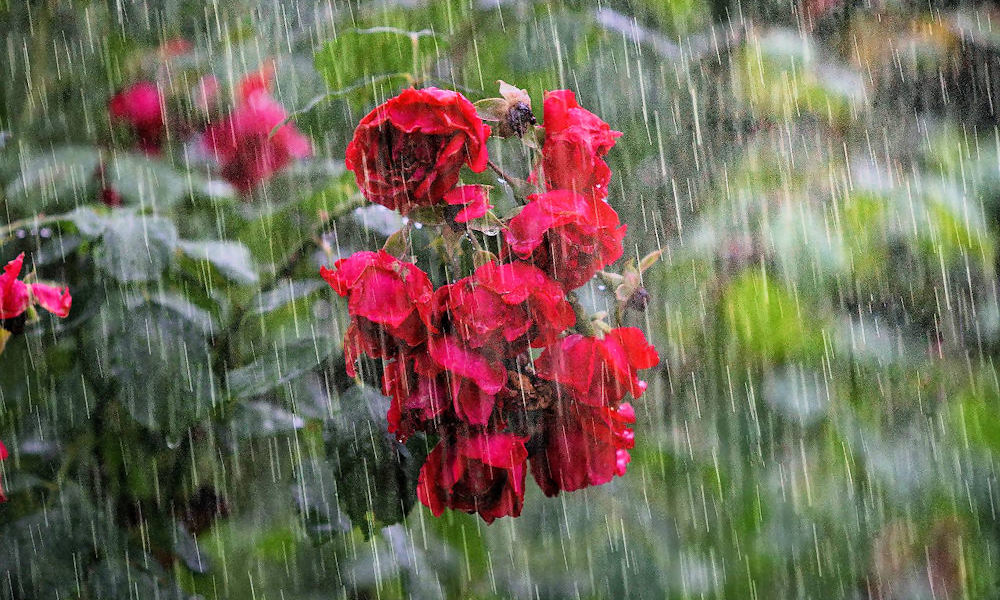As climate patterns continue to shift, gardeners face the increasing challenge of adapting to extreme weather events such as heavy rain and flash floods. To help garden owners safeguard their plants and minimize potential damage, this article provides valuable insights and practical tips on preparing gardens for torrential downpours, ensuring resilience and longevity amidst changing environmental conditions.
Here are some steps garden owners can take to prepare their garden and plants for an extremely heavy downpour and minimize the potential damage caused by flash floods:
1. Improve Drainage
Ensure that your garden has proper drainage systems in place. Clear out any debris or blockages in gutters, downspouts and drainage channels. Consider installing French drains or creating swales to redirect excess water away from vulnerable areas.
A French drain is a drainage system commonly used to manage excess water in areas where water accumulation is a concern. It consists of a trench filled with gravel or rock and a perforated pipe at the bottom. The French drain is designed to redirect water away from an area by allowing it to enter the trench through the perforations in the pipe and then flow along the trench, away from the problem area. It is an effective solution for preventing waterlogging, reducing soil erosion and maintaining proper drainage in various applications, including gardens, yards and building foundations.
A swale is a landscape feature designed to manage and redirect surface water runoff. It is a shallow, broad, and linear depression or ditch that is typically positioned along the contour lines of the land. Swales are used to slow down and capture rainwater, allowing it to infiltrate the soil gradually rather than causing erosion or flooding. They help promote natural drainage and can be effective in managing stormwater in gardens, landscapes and other areas prone to heavy rainfall.
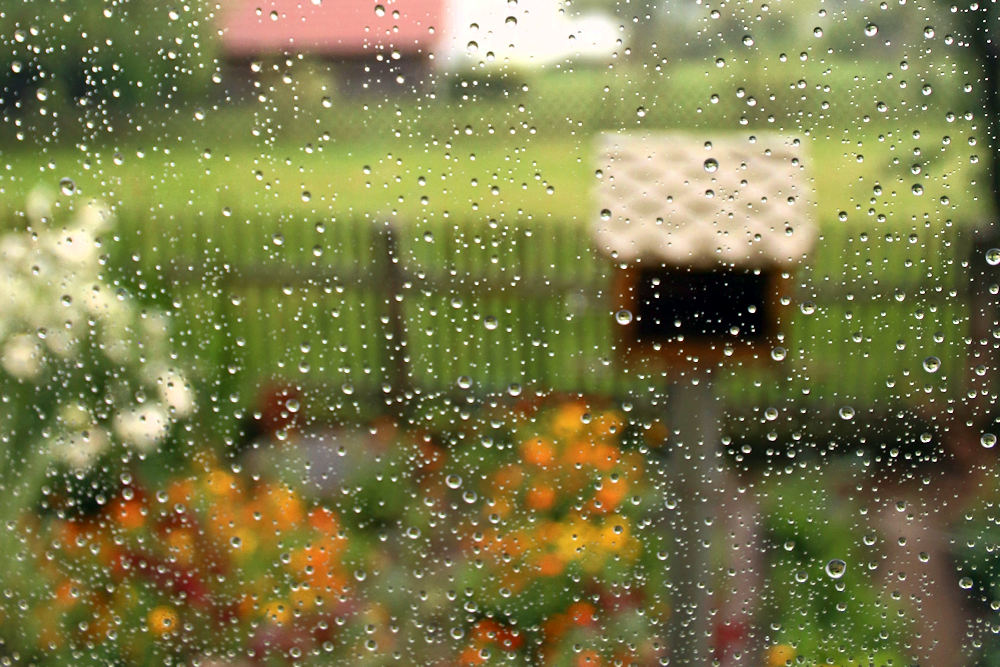
2. Raised Beds
If possible, create raised beds for your garden. This will help elevate your plants above the ground level, reducing the risk of waterlogging and root rot. Raised beds also allow for better drainage during heavy rainfall.
3. Mulching
Apply a layer of organic mulch around your plants. Mulch helps regulate soil moisture by retaining water during dry periods and improving drainage during heavy rainfall. It also reduces erosion and protects the soil from heavy rain impact.
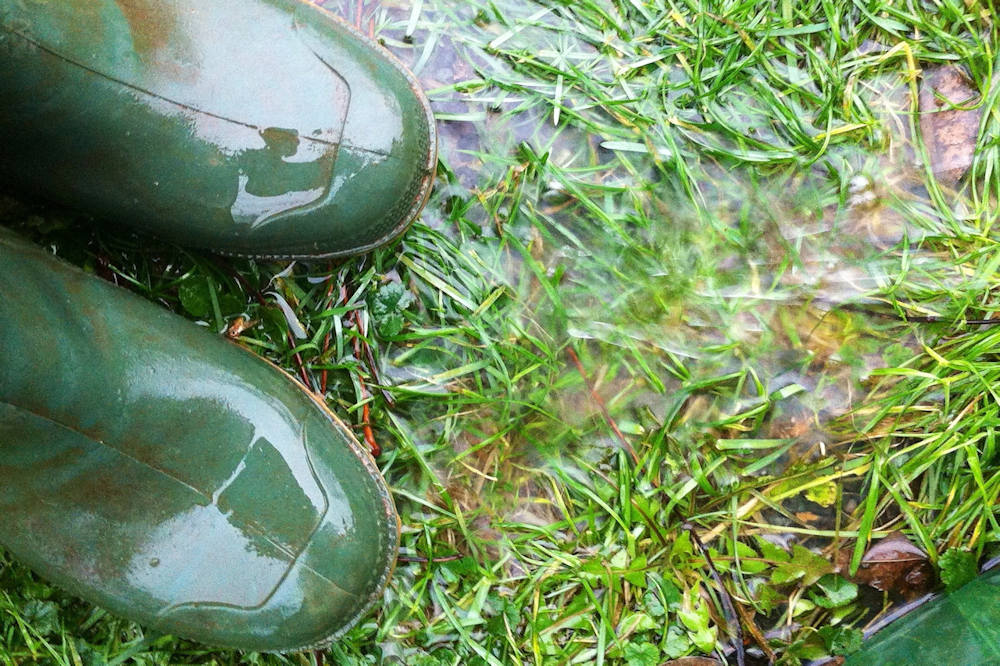
4. Evaluate Soil Conditions
Assess the condition of your soil regularly. If it becomes compacted or starts to show signs of poor drainage, consider aerating it or adding organic matter like compost to improve its structure and drainage capabilities.
5. Sturdy Plant Supports
Ensure that taller plants, such as tomatoes or sunflowers, are adequately supported with stakes or trellises. Strong winds accompanying heavy downpours can cause these plants to topple over and suffer damage. Providing support will help prevent this.

6. Prune and Trim
Regularly prune and trim your plants to maintain their shape and remove weak or dead branches. This will improve the overall health and strength of the plants, making them more resilient to heavy rain and wind.
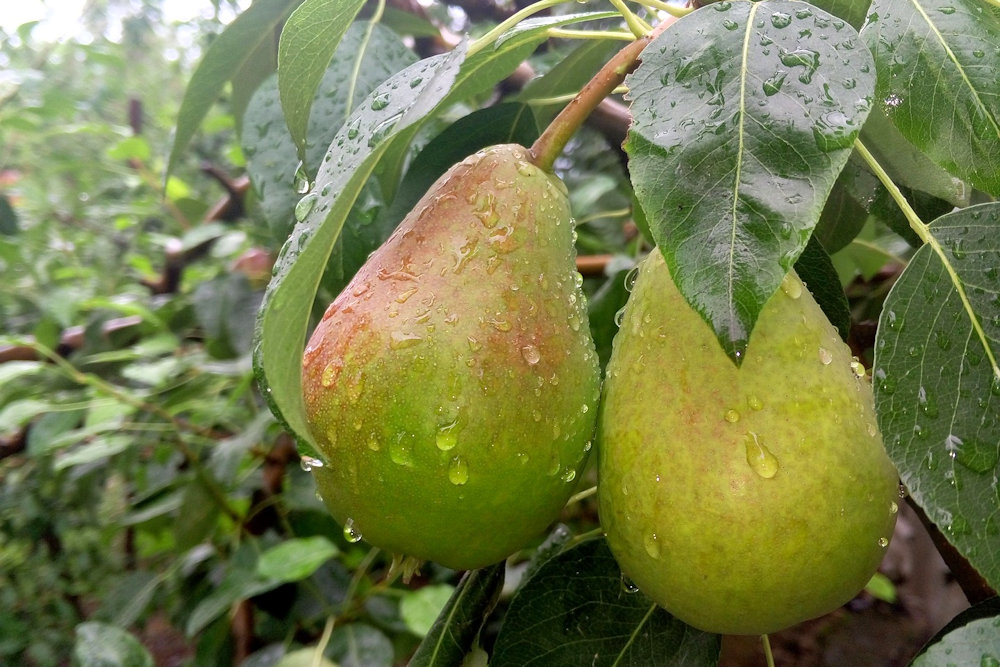
7. Choose Flood-Tolerant Plants
When selecting plants for your garden, opt for varieties that are known to be flood-tolerant. These plants have adaptations that allow them to withstand waterlogged conditions for short periods. Research flood-tolerant species and incorporate them into your garden.
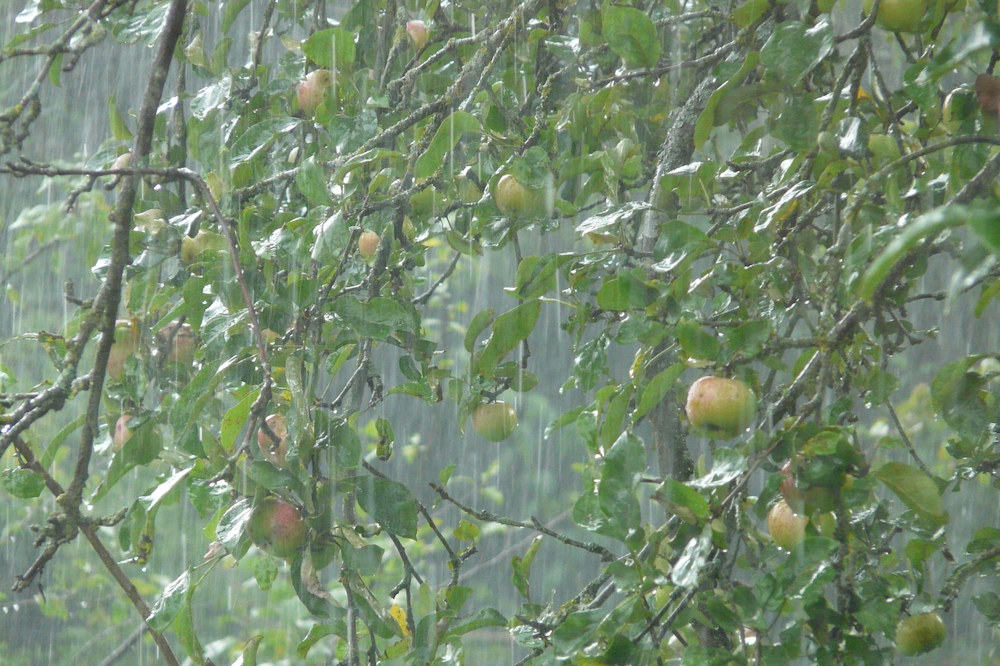
8. Secure Loose Items
Before the downpour, secure any loose items in your garden that could be blown away or damaged by strong winds. This includes garden furniture, tools, pots and ornaments. Store them in a safe place or secure them to prevent accidents or damage.
9. Monitor Weather Forecasts
Stay updated on weather forecasts and be prepared for heavy rain events. If a severe storm or heavy downpour is predicted, consider taking additional precautions, such as covering delicate plants with a tarp or moving potted plants to a sheltered area.
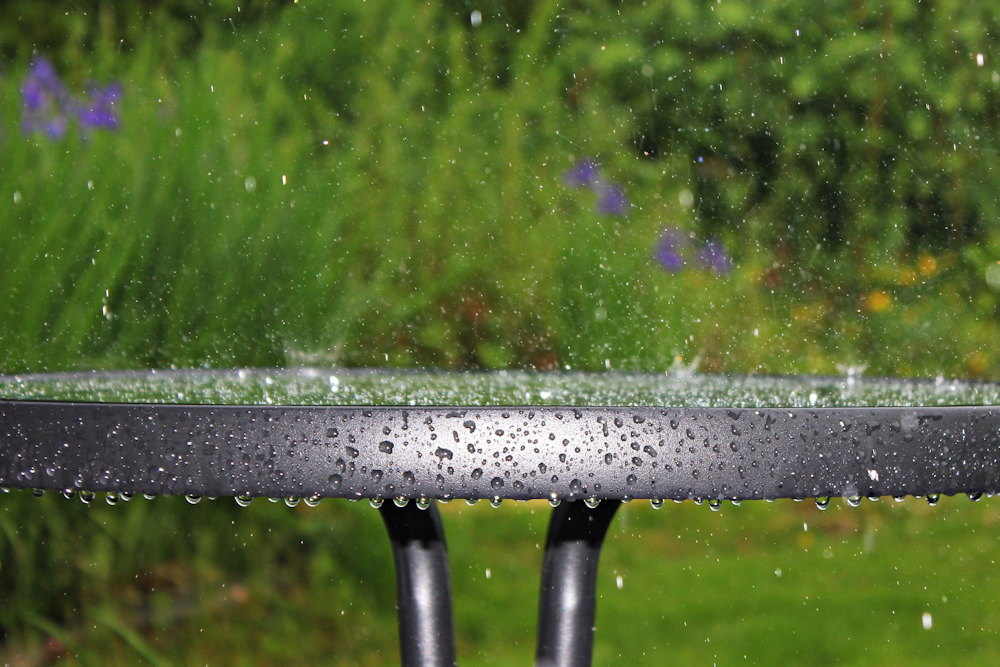
10. Consider Rain Gardens
If your area is prone to heavy downpours, you might consider creating a rain garden. A rain garden is a landscaped area designed to capture and absorb excess water during heavy rainfall. It helps prevent runoff and reduces the strain on local drainage systems.
Remember, while these measures can help minimize the damage caused by heavy downpours and flash floods, they may not guarantee complete protection. It’s important to stay vigilant and adapt your gardening practices based on your local weather conditions.
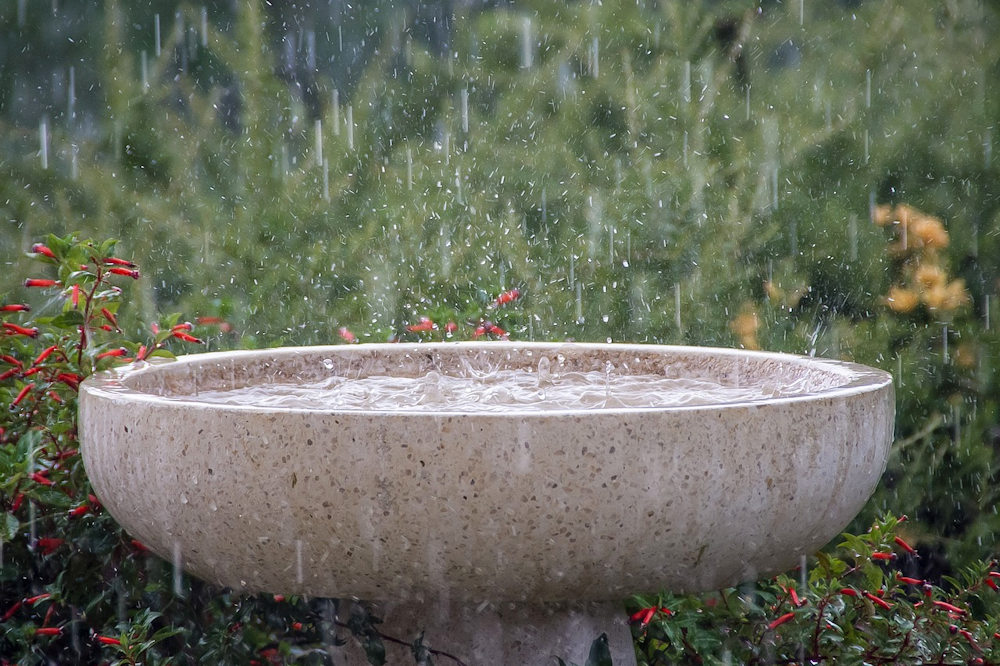
Effective Drainage Strategies
Excess rainwater is drained from gardens through various methods to prevent waterlogging and mitigate the risks associated with heavy rainfall. The primary drainage mechanisms include natural soil drainage, surface runoff and artificial drainage systems.
Natural Soil Drainage
Natural soil drainage occurs when the soil’s structure allows water to percolate through it and eventually reach the underlying layers or groundwater. The soil’s ability to drain effectively depends on its composition, including its texture, organic matter content and permeability. Soils with a higher sand content tend to drain more quickly, while clay soils can be more prone to waterlogging.
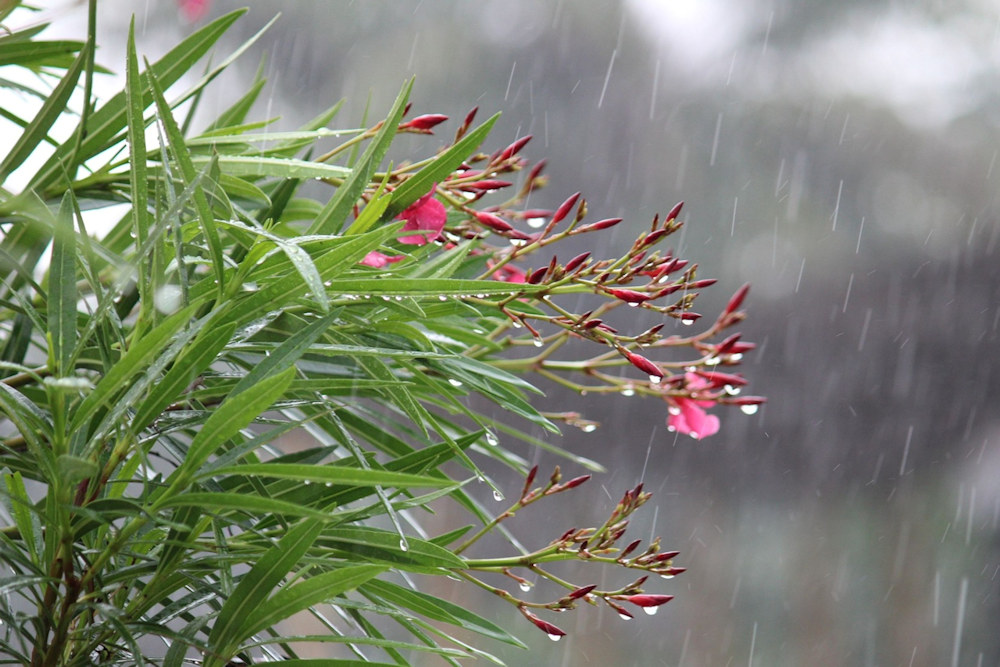
Surface Runoff
Surface runoff is another method of draining excess rainwater. When the soil becomes saturated and cannot absorb any more water, the excess runoff flows over the surface, following the natural contours of the land. This runoff is directed into ditches, channels or natural depressions, ultimately finding its way into streams, rivers or stormwater management systems.
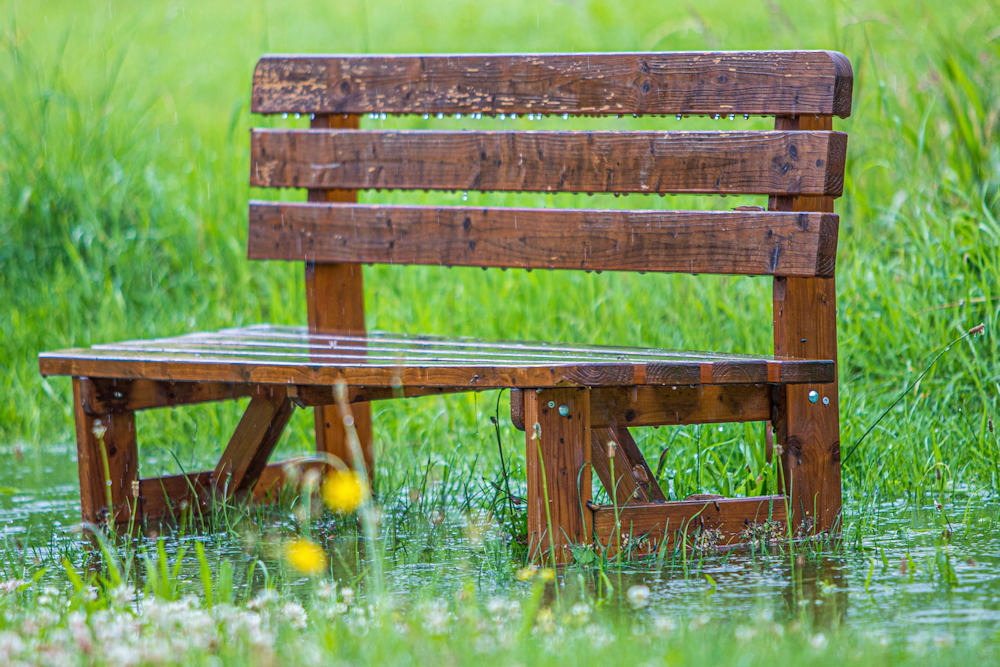
Artificial Drainage Systems
In some cases, gardens are equipped with artificial drainage systems to manage excessive rainfall. These systems typically include pipes, drains and channels strategically placed to redirect water away from vulnerable areas. French drains, for example, consist of a perforated pipe surrounded by gravel or stone, allowing water to flow into the pipe and be carried away from the garden.
Overall, the effectiveness of drainage in gardens depends on factors such as the soil type, slope, presence of adequate drainage infrastructure and proper maintenance. By implementing appropriate drainage measures, gardeners can help prevent waterlogging, protect plant roots from rot, reduce erosion and maintain a healthy garden ecosystem.



